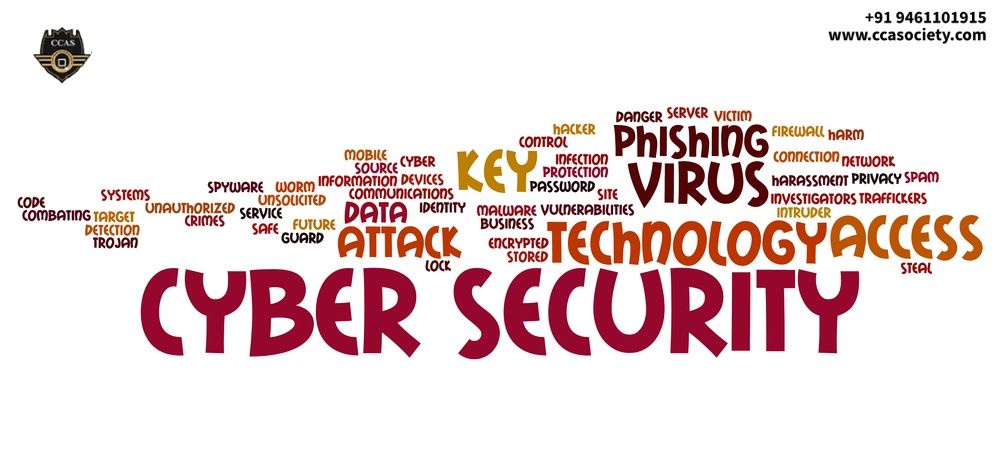Cyber security training programs are indispensable in today's digital landscape, where threats lurk in every corner of the virtual realm. However, the effectiveness of these programs often hinges on their ability to cater to the diverse learning styles of individuals. From visual learners who thrive on diagrams and charts to auditory learners who absorb information through lectures and discussions, accommodating these varied preferences is essential for comprehensive cyber security education. In this article, we delve into the strategies employed by Cyber Security Training programs to adapt to different learning styles, ensuring a more inclusive and impactful learning experience for all.
Understanding Learning Styles
Before delving into how cyber security training programs adapt, it's crucial to grasp the concept of learning styles. According to educational theory, individuals have distinct preferences for how they absorb, process, and retain information. The three primary learning styles are visual, auditory, and kinesthetic/tactile.
Visual learners prefer learning through visual aids such as diagrams, charts, and videos. They grasp concepts better when information is presented in a graphical format.
Auditory learners, on the other hand, learn best through listening. They thrive in environments where information is conveyed through lectures, discussions, and audio recordings.
Kinesthetic or tactile learners learn by doing. They prefer hands-on activities, interactive simulations, and practical exercises to grasp complex concepts.
Adapting to Visual Learners
For visual learners, cyber security training programs integrate a plethora of visual aids to enhance comprehension. Infographics, diagrams, and flowcharts elucidate complex concepts such as network architectures, encryption protocols, and malware behavior. Interactive simulations and virtual labs allow visual learners to explore cyber security scenarios in a dynamic, engaging manner. Additionally, incorporating video tutorials and demonstrations caters to those who prefer visual demonstrations over textual explanations.
Catering to Auditory Learners
To accommodate auditory learners, cyber security training programs leverage lectures, podcasts, and webinars to disseminate crucial information. Expert-led discussions and Q&A sessions provide auditory learners with opportunities to engage with the material through active listening and verbal interaction. Audiobooks and recorded lectures enable learners to revisit key concepts at their convenience, reinforcing their understanding of cyber security principles through auditory channels.
Engaging Kinesthetic/Tactile Learners
For kinesthetic and tactile learners, hands-on learning experiences are paramount. Cyber security training programs offer interactive labs, simulated cyber-attack scenarios, and gamified exercises to immerse learners in practical, real-world contexts. Role-playing activities allow participants to assume different cyber security roles, fostering a deeper understanding of cyber threats and defense mechanisms. Moreover, collaborative projects and group activities encourage kinesthetic learners to apply theoretical knowledge to solve practical challenges, reinforcing their learning through experiential engagement.
Blended Learning Approaches
Recognizing that individuals often exhibit a combination of learning styles, many cyber security training programs adopt blended learning approaches. By integrating a variety of instructional methods, including visual presentations, audio lectures, hands-on labs, and interactive discussions, these programs cater to diverse learning preferences. Learners have the flexibility to choose the modalities that resonate most with their individual learning styles, fostering a customized and adaptive learning experience.
Conclusion
In the realm of cyber security training, one size does not fit all. Effective training programs must embrace the diversity of learners' preferences and adapt accordingly. By incorporating visual aids, auditory resources, hands-on activities, and blended learning approaches, cyber security training programs ensure that individuals of all learning styles can acquire the knowledge and skills needed to navigate the complex landscape of cyber threats. In doing so, they empower a new generation of cyber defenders equipped with the versatility and adaptability to safeguard digital assets and protect against emerging cyber risks.


No comments yet